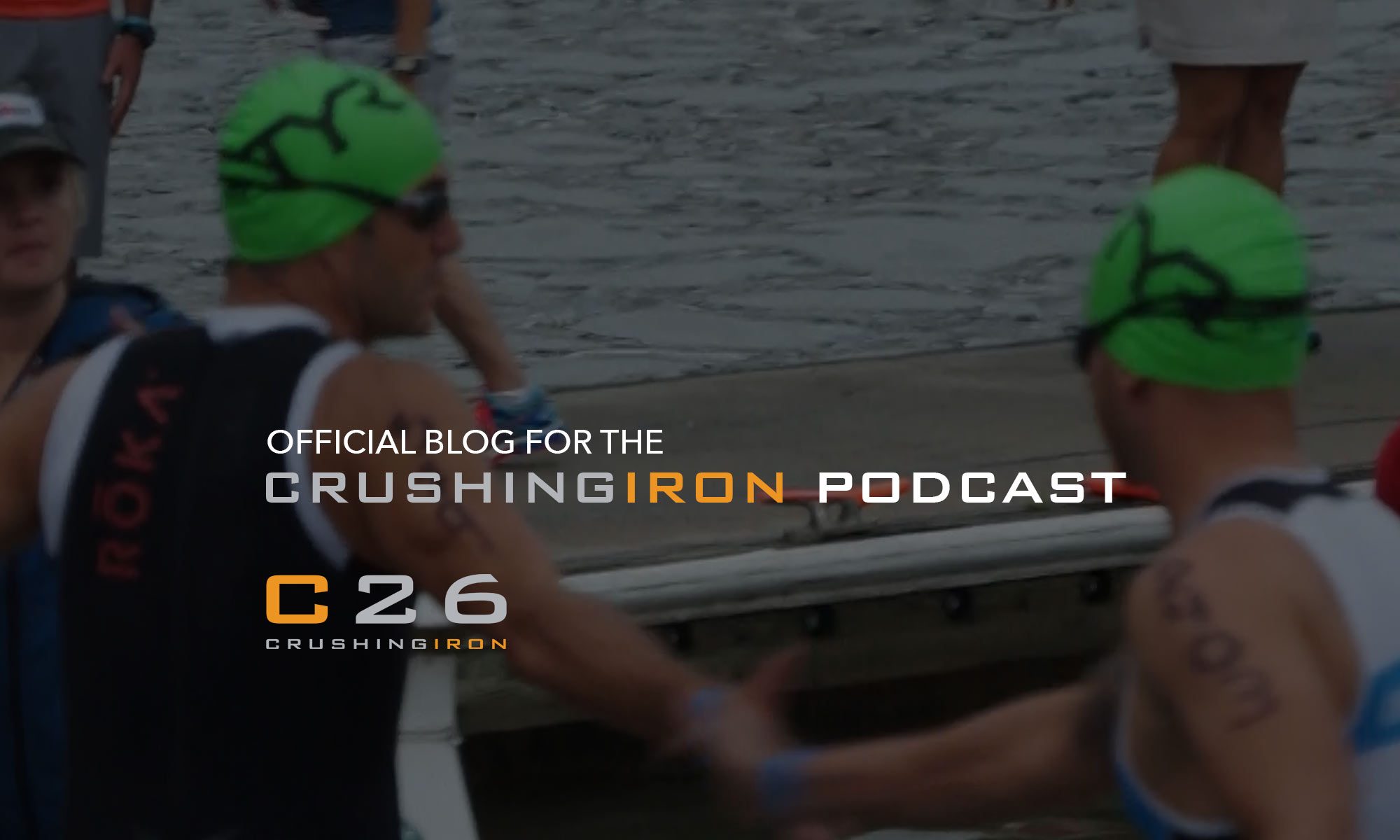When I think back to training for my first Ironman, there’s one word that always pops up: uncertainty. It’s just such a great unknown that there’s no way to really assure yourself you’re going to finish. And yes, while I floated in Lake Monona that cool Fall morning waiting for the Ironman Wisconsin cannon there was a lot of doubt.
I mean, how can you know? I never came close to completing 140.6 miles in one day of training.
But there were signs along the way. Doing an Ironman 70.3 in Muncie definitely gave me a glimmer of hope. Even still, that was only HALF of the distance.
Then, shortly after that 70.3 I rode my first Century Ride to the tune of 120 miles on the challenging terrain of Natchez Trace in Nashville. It was also raining much of that day, and while I was absolutely fried, I began to “see” the possibilities in my mind.
And I think that’s the key. Something has to click.
Going into that first Ironman, my furthest run of my life was only 14 miles, but for some reason I instinctively knew that I could slog my way through the marathon. Especially if my legs were strong from riding.
I was still building base in every discipline, but spent a ton of hours on spin bikes and the trainer. Ultimately, I believe it was the purposeful 1.5 – 2 hour trainer rides that made the difference for me. The hard crunching big gears and the sweat dripping high cadence rides not only produced a strong bike at Wisconsin, but a solid run despite never coming close to a marathon beforehand.
I feel like the marathon looms in everyone’s head, but the true anxiety of Ironman is in the swim and bike. To me, that is the exact reason the swim and bike should be the first two priorities, especially for age groupers doing their first Ironman.
That’s exactly what we talk about with fellow age grouper, Blaik, who was the first guest on our Crushing Iron podcast (embedded below).
Blaik was training for Ironman Lake Placid (his first) and putting much of his faith in Coach Robbie, who didn’t seem to be prescribing enough running. Blaik isn’t a huge fan of running, but was still a little unsure why his training was so bike heavy with very few long runs.
As it turned out, Blaik ended up negative splitting his marathon at Lake Placid, and while it wasn’t his best time, he felt like it was his best marathon performance to date.
On this podcast Blaik walks us through how he responded to a full year off due to injury and turned up his swim and bike on the way to his first Ironman finish in Lake Placid.
Here are just a few of the things we talk about:
- Breaking your bike into two in one day
- Cycling workouts that are best for your run
- The best way to attack your trainer workouts
- The great cadence debate – high rpm or low rpm?
- From Injury to a negative split run at Ironman Lake Placid.
- How to “use” your 70.3 effectively when 140.6 is next
- Is your long weekend run overrated?
- Finding that breakout moment to give you confidence.
- Single leg drills



